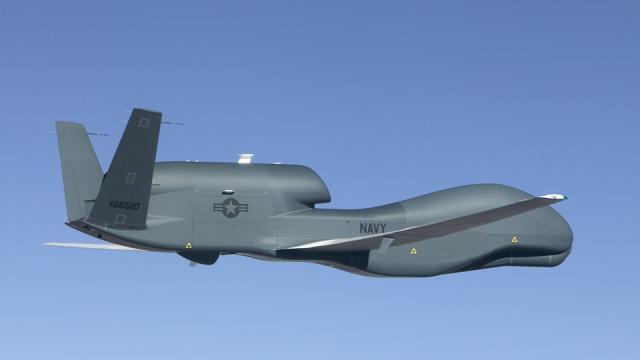
Whenever I read comments by politicians defending the Unmanned Aerial Vehicle Predator and Reaper program – a.k.a. drones – I wish I could ask them some questions. I'd start with: "How many women and children have you seen incinerated by a Hellfire missile?" And: "How many men have you seen crawl across a field, trying to make it to the nearest compound for help while bleeding out from severed legs?"
Or even more pointedly: "How many soldiers have you seen die on the side of a road in Afghanistan because our ever-so-accurate UAVs [unmanned aerial vehicle] were unable to detect an IED [improvised explosive device] that awaited their convoy?"
Few of these politicians who so brazenly proclaim the benefits of drones have a real clue of what actually goes on. I, on the other hand, have seen these awful sights first hand.
I knew the names of some of the young soldiers I saw bleed to death on the side of a road. I watched dozens of military-aged males die in Afghanistan, in empty fields, along riversides, and some right outside the compound where their family was waiting for them to return home from mosque.
The U.S. and British militaries insist that this is such an expert program, but it's curious that they feel the need to deliver faulty information, few or no statistics about civilian deaths and twisted technology reports on the capabilities of our UAVs. These specific incidents are not isolated, and the civilian casualty rate has not changed, despite what our defense representatives might like to tell us.
What the public needs to understand is that the video provided by a drone is a far cry from clear enough to detect someone carrying a weapon, even on a crystal-clear day with limited clouds and perfect light. This makes it incredibly difficult for the best analysts to identify if someone has weapons for sure.
One example comes to mind: "The feed is so pixelated, what if it's a shovel, and not a weapon?" I felt this confusion constantly, as did my fellow UAV analysts. We always wonder if we killed the right people, if we endangered the wrong people, if we destroyed an innocent civilian's life all because of a bad image or angle.
It's also important for the public to grasp that there are human beings operating and analyzing intelligence these UAVs. I know because I was one of them, and nothing can prepare you for an almost daily routine of flying combat aerial surveillance missions over a war zone. UAV proponents claim that troops who do this kind of work are not affected by observing this combat because they are never directly in danger physically.
But here's the thing: I may not have been on the ground in Afghanistan, but I watched parts of the conflict in great detail on a screen for days on end. I know the feeling you experience when you see someone die. Horrifying barely covers it. And when you are exposed to it over and over again it becomes like a small video, embedded in your head, forever on repeat, causing psychological pain and suffering that many people will hopefully never experience.
UAV troops are victim to not only the haunting memories of this work that they carry with them, but also the guilt of always being a little unsure of how accurate their confirmations of weapons or identification of hostile individuals were.
Of course, we are trained to not experience these feelings, and we fight it, and become bitter. Some troops seek help in mental health clinics provided by the military, but we are limited on who we can talk to and where, because of the secrecy of our missions. I find it interesting that the suicide statistics in this career field aren't reported, nor are the data on how many troops working in UAV positions are heavily medicated for depression, sleep disorders and anxiety.
Recently, the Guardian ran a commentary by Britain's secretary of state for defense Philip Hammond. I wish I could talk to him about the two friends and colleagues I lost, within one year leaving the military, to suicide. I am sure he has not been notified of that little bit of the secret UAV program, or he would surely take a closer look at the full scope of the program before defending it again.
The UAV's in the Middle East are used as a weapon, not as protection, and as long as our public remains ignorant to this, this serious threat to the sanctity of human life – at home and abroad – will continue.
3 WAYS TO SHOW YOUR SUPPORT
- Log in to post comments














